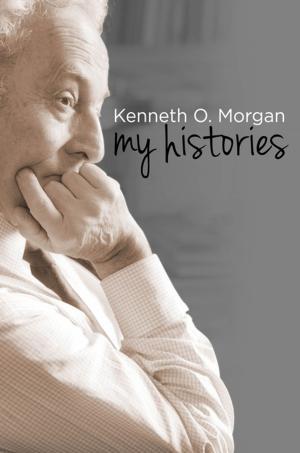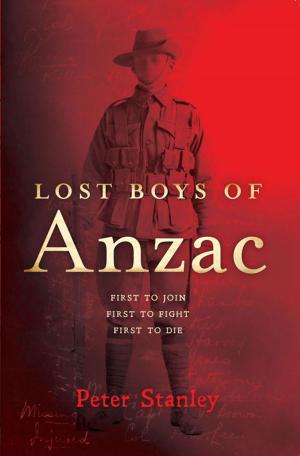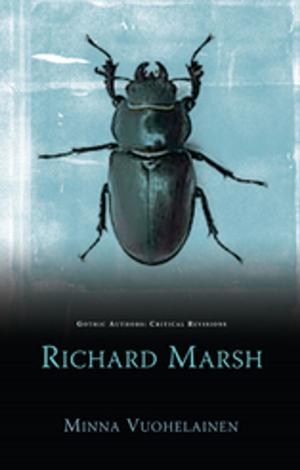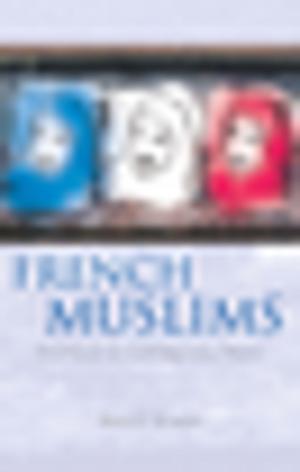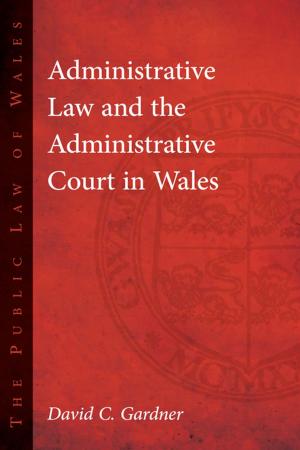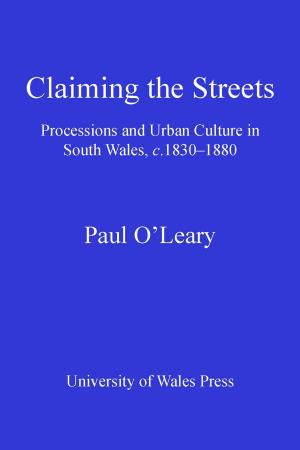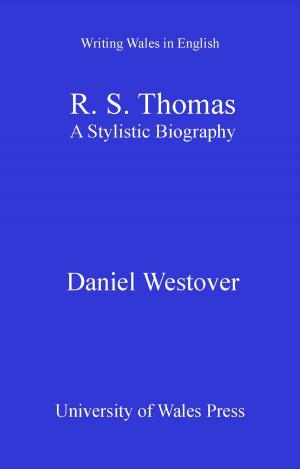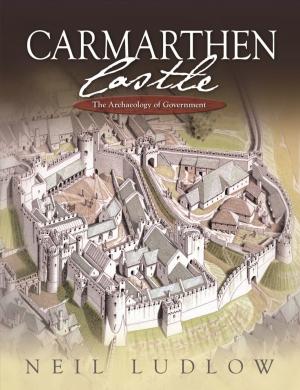The Arthur of the Italians
The Arthurian Legend in Medieval Italian Literature and Culture
Fiction & Literature, Literary Theory & Criticism, European, Italian, Ancient & Classical| Author: | F. Regina Psaki, Gloria Allaire | ISBN: | 9781783161584 |
| Publisher: | University of Wales Press | Publication: | April 15, 2014 |
| Imprint: | University of Wales Press | Language: | English |
| Author: | F. Regina Psaki, Gloria Allaire |
| ISBN: | 9781783161584 |
| Publisher: | University of Wales Press |
| Publication: | April 15, 2014 |
| Imprint: | University of Wales Press |
| Language: | English |
This is the first comprehensive book on the Arthurian legend in medieval and Renaissance Italy since Edmund Gardner’s 1930 The Arthurian Legend in Italian Literature. Arthurian material reached all levels of Italian society, from princely courts with their luxury books and frescoed palaces, to the merchant classes and even popular audiences in the piazza, which enjoyed shorter retellings in verse and prose. Unique assemblages emerge on Italian soil, such as the Compilation of Rustichello da Pisa or the innovative Tavola Ritonda, in versions made for both Tuscany and the Po Valley.
Chapters examine the transmission of the French romances across Italy; reworkings in various Italian regional dialects; the textual relations of the prose Tristan; narrative structures employed by Italian writers; later ottava rima poetic versions in the new medium of printed books; the Arthurian-themed art of the Middle Ages and Renaissance; and more. The Arthur of the Italians offers a rich corpus of new criticism by scholars who have brought the Italian Arthurian material back into critical conversation.
This is the first comprehensive book on the Arthurian legend in medieval and Renaissance Italy since Edmund Gardner’s 1930 The Arthurian Legend in Italian Literature. Arthurian material reached all levels of Italian society, from princely courts with their luxury books and frescoed palaces, to the merchant classes and even popular audiences in the piazza, which enjoyed shorter retellings in verse and prose. Unique assemblages emerge on Italian soil, such as the Compilation of Rustichello da Pisa or the innovative Tavola Ritonda, in versions made for both Tuscany and the Po Valley.
Chapters examine the transmission of the French romances across Italy; reworkings in various Italian regional dialects; the textual relations of the prose Tristan; narrative structures employed by Italian writers; later ottava rima poetic versions in the new medium of printed books; the Arthurian-themed art of the Middle Ages and Renaissance; and more. The Arthur of the Italians offers a rich corpus of new criticism by scholars who have brought the Italian Arthurian material back into critical conversation.

